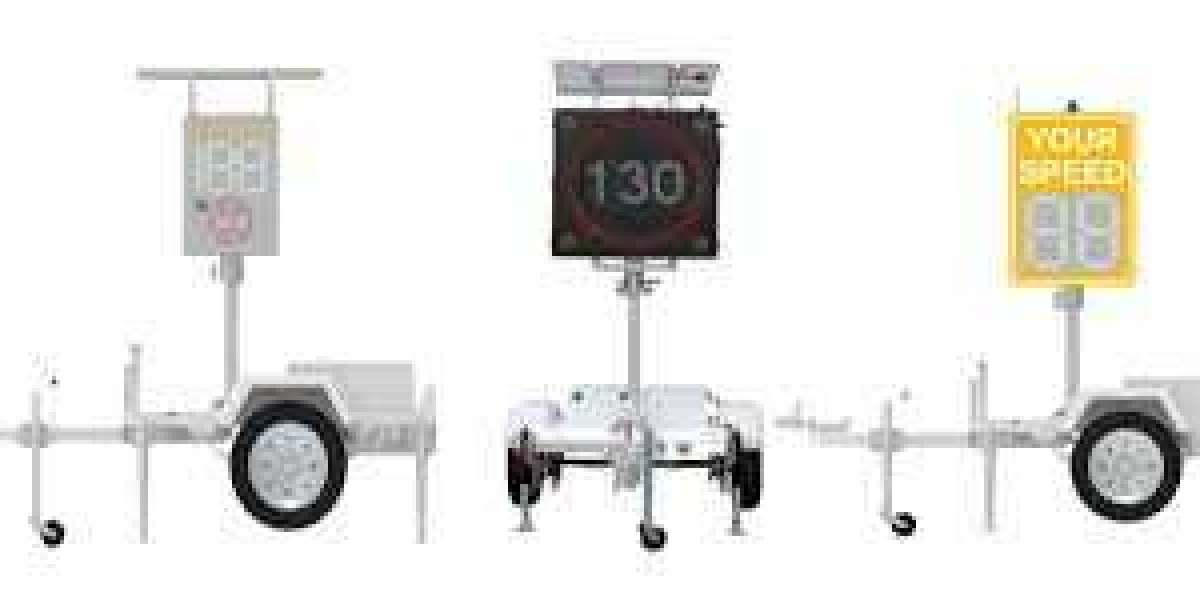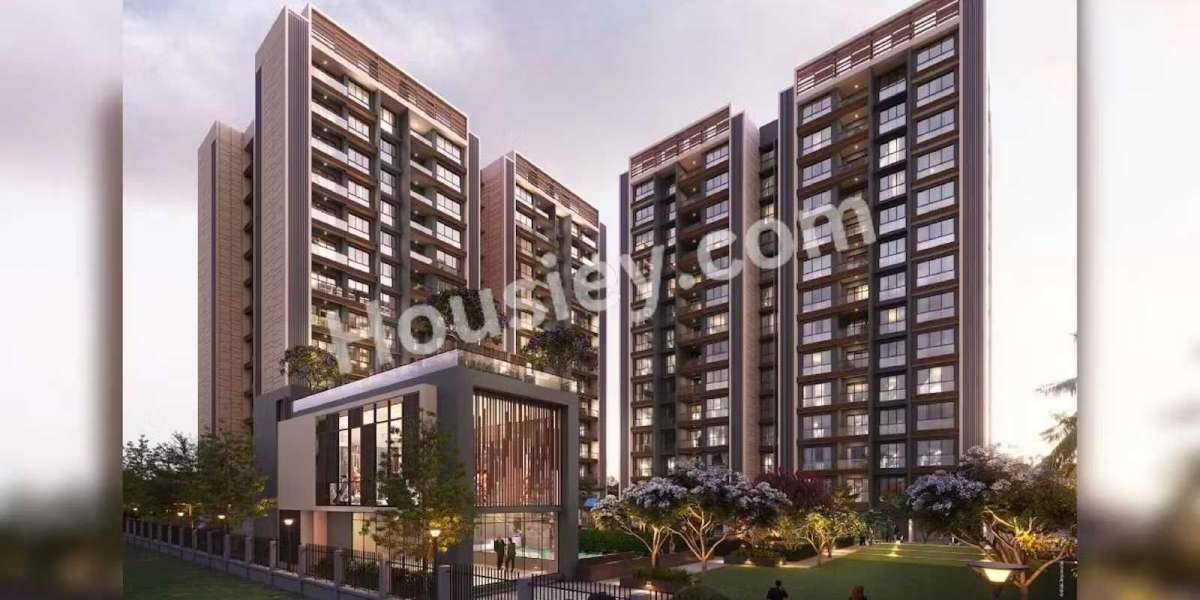The dynamic adjustment of speed limits on Variable Speed Limit Signs (VSLs) is influenced by various factors that aim to improve safety, variable speed limit signs vsls manage traffic flow, and respond to changing road conditions. VSLs use real-time data to adjust speed limits based on conditions that can affect the road's capacity or the safety of drivers. Below are the main factors influencing the dynamic adjustment of speed limits:
1. Traffic Flow and Density
One of the primary factors affecting VSLs is the real-time flow of traffic. When traffic density increases, such as during rush hours or in areas with frequent bottlenecks, VSLs may lower speed limits to reduce congestion and allow smoother movement of vehicles. Conversely, when traffic flow is light, the speed limit may be increased to improve overall road efficiency. Advanced traffic management systems use data from sensors embedded in the road or from cameras to monitor vehicle speeds and adjust limits to match the traffic conditions.
In high-density situations, such as traffic jams or when vehicles are moving at slower speeds, lower speed limits help reduce the risk of rear-end collisions, as vehicles are often packed tightly together. During these times, the system might reduce the speed limit to prevent sudden braking and improve safety.
2. Weather Conditions
Weather conditions have a direct impact on road safety, and VSLs are designed to adjust speed limits accordingly. In adverse weather conditions such as heavy rain, snow, fog, or ice, roads become more hazardous. For instance, wet or icy roads increase the likelihood of hydroplaning, skidding, or losing traction, which can lead to accidents. VSLs help reduce the risk of such events by lowering speed limits to allow drivers to maintain better control of their vehicles.
Meteorological sensors installed along the road can detect changes in weather conditions and relay the data to the VSL system. For example, in the case of fog, reduced visibility may warrant a significant drop in the speed limit. Similarly, during winter conditions when ice may form on the road, VSLs might lower speed limits to a level where drivers can stop or maneuver safely.
3. Road Conditions and Incidents
The physical condition of the road, such as potholes, construction zones, or accidents, can also prompt dynamic speed limit changes. When road conditions degrade, VSLs can lower speed limits to protect drivers from potential hazards. This is particularly useful when there is a sudden change in the road surface, such as a rough patch or a construction zone, where drivers may need to slow down to avoid damage to their vehicles or to maintain safety in confined spaces.
Additionally, accidents or incidents on the road can trigger speed limit adjustments. If a crash or an obstruction causes significant delays or presents a danger to drivers, VSLs may reduce speed limits in the affected area, guiding drivers to proceed with caution.
4. Traffic Incidents and Events
Special events or incidents, such as car accidents, breakdowns, or even large public gatherings like concerts or sports events, can also influence the need for dynamic speed adjustments. When an incident occurs, it can cause traffic disruptions or unsafe conditions. By adjusting the speed limits dynamically, VSLs help drivers navigate the incident area more safely, reducing the risk of secondary accidents.
For example, in the aftermath of a crash, VSLs may reduce the speed limit for the duration of the event, providing ample time for emergency response vehicles to clear the area. Similarly, large public events may create congestion or hazardous conditions, prompting temporary changes in speed limits.
5. Time of Day and Traffic Predictions
VSLs are also influenced by time-of-day patterns, with speed limits adjusting based on expected traffic behavior. For instance, during rush hours, when traffic volumes are higher, the VSL system may lower speed limits to prevent congestion from worsening. At night or during off-peak hours, when traffic is lighter, speed limits may be increased to optimize road capacity and reduce delays.
Some systems also integrate predictive traffic models that anticipate the behavior of traffic based on historical data, helping adjust speed limits in advance before conditions worsen.
Conclusion
Variable Speed Limit Signs (VSLs) are a powerful tool for dynamic traffic management, adjusting speed limits based on real-time data related to traffic flow, weather, road conditions, incidents, and time of day. By responding to these factors, VSLs help optimize road safety and efficiency, ensuring that drivers can safely navigate roads under a variety of conditions. As technology continues to advance, the precision and effectiveness of VSL systems will only improve, further contributing to safer and more efficient travel.








